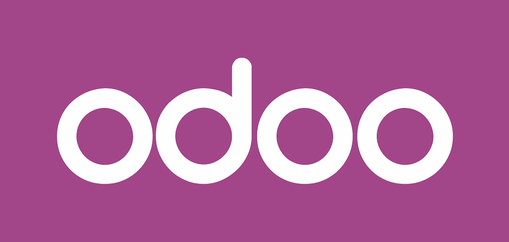
Odoo solves common enterprise business challenges. Taking a business to the enterprise level introduces a vast array of difficult challenges. Problems that could comfortably be endured at the startup stage become impossible to ignore, and the consequences of failure grow ever-increasingly dire. It doesn’t help that the enterprise business world is rich with dominant companies both ready and willing to sink unwary competitors.
Knowing this, one thing is abundantly clear: if you’re going to achieve and maintain a strong level of enterprise-level success, you need all the managerial help you can get. ERP (or enterprise resource planning) software is the key to this. Deployed correctly, an ERP suite can prove transformative in your operation, saving you time, money, and effort.
But which ERP package should you choose? Odoo is an open-source ERP solution that’s both hugely-scalable and user-friendly, making it a superlative option. Let’s take a look at 5 ways in which Odoo consistently solves common enterprise business challenges:
It smoothes the onboarding curve

The onboarding process typically gets easier as a business grows, because procedures become more standardized and are slowly documented, but it also becomes more important — particularly when turnover is high for whatever reason. When important employees leave, it won’t be enough to fill their positions promptly: you’ll also need to get the new staff members working productively as quickly as possible.
A common problem for enterprise businesses is a daunting and difficult curve for new employees, requiring them to spend weeks or even months getting to grips with convoluted internal systems before they can actually perform their roles effectively. Because Odoo has a user-friendly design with convenient navigation options and search functionality, it greatly reduces the magnitude of this operational lag (and the workloads of those who would otherwise have needed to help out).
It provides broad software integration
In this digital world, any large-scale business needs to take advantage of any and all suitable channels for researching, promoting, or selling (multi-channel retail has become the norm). Keeping a myopic strategy might as well be asking to be overtaken by your nearest competitor. Unfortunately, embracing new technologies and platforms comes at a cost: they don’t always cooperate very well, if at all.
Odoo, though, offers a way to get them all in line without needing them to directly interact. All an enterprise business needs to do is get every one of its chosen platforms integrated with Odoo itself, and it can then serve as a functional core, drawing from them as and when needed. Because it’s open-source and designed to be modular, it can be made to work with just about anything you care to mention, so you’re unlikely to find something that can’t be integrated.
It boosts department cohesion
The bigger the business, the harder it gets to keep everyone in close communication. This isn’t always a major problem — some departments can be functionally independent in almost all respects, after all — but when it is a problem, it’s a massive inconvenience that can result in a business essentially collapsing under its own unwieldy weight.
This issue gets worse when different departments use different software solutions, because if an employee from department A needs to temporarily consult with department B, they might struggle to understand how they do things. Using Odoo, you can ensure that each area of the business functions through one consistent interface design. Whenever collaborations need to occur, they can take place within the same ecosystem, avoiding a lot of confusion.
It enhances support efficiency

Customer support can be brutal for a business of enterprise size. On one hand, it’s extremely important to appreciate customers and maintain a strong reputation for service, but on the other hand, it’s immensely time-consuming to field support queries at all hours of the day and night. There’s also the complicated matter of dealing with messages from various platforms, no matter whether you’re answering them manually or relying on automation.
This is a problem that Odoo Helpdesk can solve. You can bring in queries from different sources, then deal with them however you prefer: you can even set up canned responses to address the most common requests and cut down on the time required to help your customers achieve their goals. Combined with the aforementioned integrations, it’s the perfect way to manage the immense stress of enterprise-level support traffic.
It completely avoids update lag
Keeping software updated is vital for a large business: outdated software typically features more security vulnerabilities, and the newest versions of tools tend to have improved and/or added features. When major technological shifts come along, you want to be in a position to take advantage, and that’s very tricky when you’re still relying on old software.
The piecemeal update process (updating software packages one by one, or even computer by computer) is hard and complicated, which is why so many companies postpone it until they absolutely have to take action, at which point they essentially shut down while trying to catch up. Running on Odoo avoids this. Consistently developed and supported by a large community, Odoo sees updates seamlessly roll out businesswide without users needing to do anything.
For all of these reasons, and more, Odoo is a fantastic ERP choice for an enterprise-level business that wants to work more efficiently and economically. Why not give it a try? The Community edition is completely free, so it won’t cost you anything to see how it works.